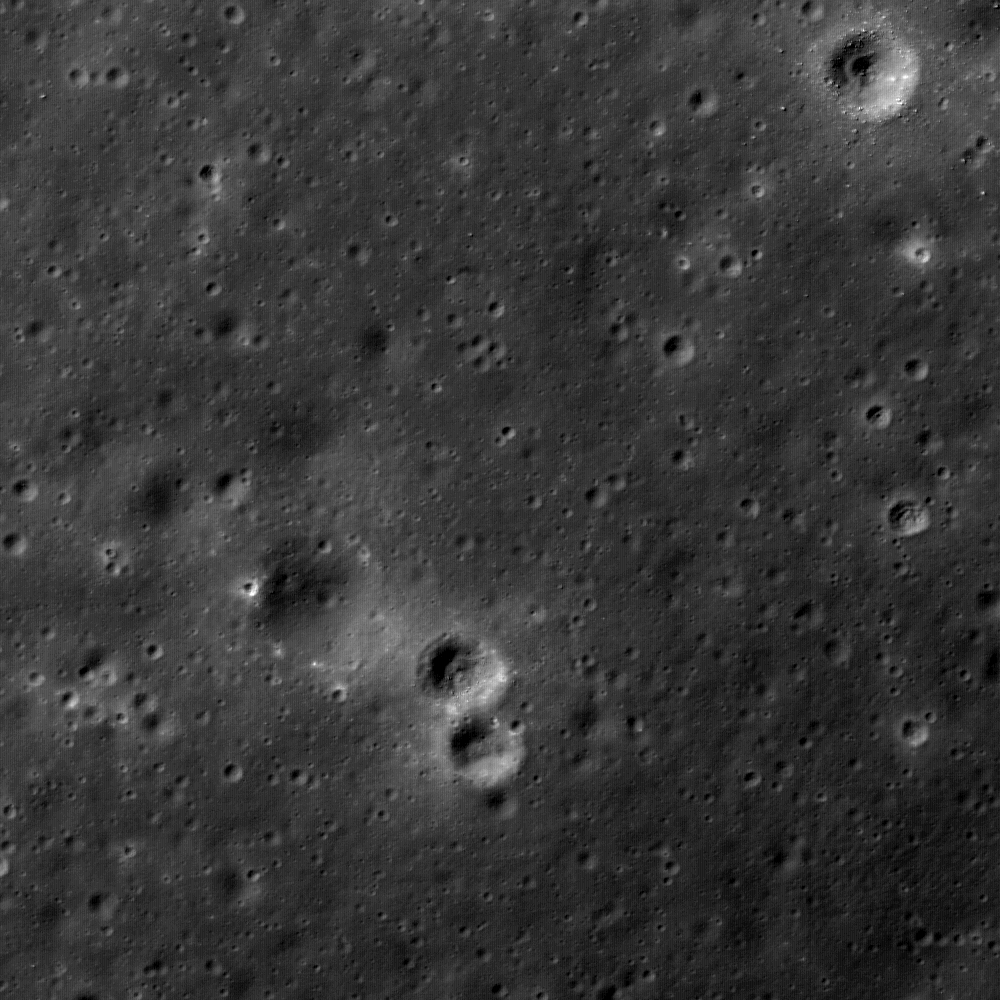
Mare Ingenii is one of the few mare basalt deposits on the farside of the Moon. What makes Mare Ingenii even more unique is that it contains one of the most rare and strange geological features on the Moon: lunar swirls!
Lunar swirls are bright markings found on both mare and highland portions of the Moon. They appear as high albedo swirls and patches. They have no topography, as they are only surficial in nature. Swirls range in size from meters to tens of kilometers in length. The swirls are commonly found antipodal to huge young impact basins: Orientale, Imbrium and Crisium, but also within the large basins at Mare Ingenii, near the Airy Crater, and at Mare Moscoviense. They are accompanied by relatively high magnetic anomalies, which is surprising for a planetary body that does not, and may never have had, an active core dynamo with which to generate a magnetic field. The shapes of the swirls hint at a magnetic origin.
The accompanying NAC image (M105795162R) contains the proposed landing site at Mare Ingenii. The site is found along the albedo variation from bright to very dark terrain within a very large lunar swirl.
Three models have been proposed to explain swirl formation: (1) deflection of the solar wind by local magnetic fields, (2) cometary impacts, or (3) impacts of meteoroid swarms. Deflection of the solar wind by local magnetic fields may protect the underlying rocks and soils from space weathering, thus leaving them with higher albedo. Recent cometary impacts might cause the high albedo of the swirls due to scouring of the topmost surface regolith and exposure of fresh, brighter material from below. The meteoroid swarm model is a variation of the cometary impact model,where cometary nuclei are fragmented into a swarm of smaller objects by solar or terrestrial tidal forces before they impact the lunar surface. During and immediately after impact, inter-particle collisions in the cloud of debris and regolith particles of the ejecta collide with each other, forming the curvilinear swirl features.
Sending astronauts to the swirls of Mare Ingenii will offer an excellent opportunity to understand the nature of lunar magnetic anomalies and mechanisms of space weathering. Samples of farside mare material for radiometric age-dating, the analysis of the petrological and mineralogical characteristics of the farside mare basalts, and the South Pole-Aitken basin are also important for understanding the formation and evolution of the Moon.
Explore the Mare Ingenii Constellation region of interest yourself! Read more about lunar swirls from the perspective of a scientist who has studied them for more than 40 years, or check out the NASA Decadal Survey white paper about lunar swirls.
Published by Mike Zanetti on 25 May 2010
